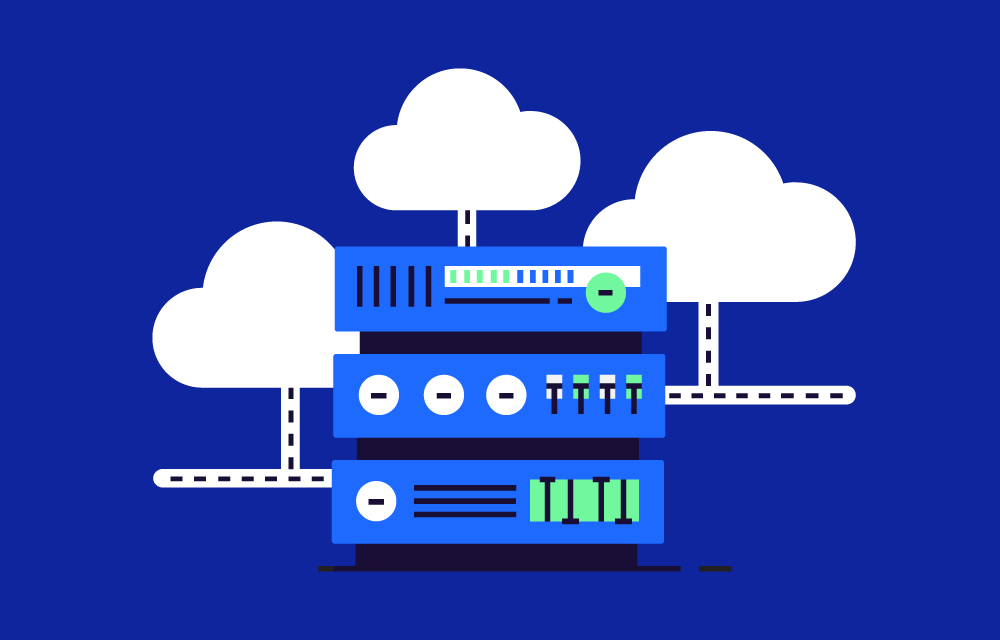History
The concept of cloud computing dates back to the 1960s with the idea of time-sharing and utility computing. However, cloud computing in its modern form began gaining momentum in the early 2000s with companies like Amazon Web Services (AWS), Google Cloud, and Microsoft Azure providing on-demand infrastructure and platform services. Over the years, cloud computing has evolved into a ubiquitous service powering everything from startups to global enterprises.
Value Proposition
Cloud computing offers businesses flexibility, scalability, and cost-efficiency. By outsourcing IT infrastructure, organizations can reduce upfront capital expenditures, adjust resources based on demand, and focus on innovation rather than maintenance. It also enables global accessibility, allowing teams to collaborate across regions and time zones with ease.
Challenges
Despite its benefits, cloud computing comes with challenges such as managing cloud costs, ensuring security and compliance, handling data latency in remote locations, and avoiding vendor lock-in. Organizations must also manage cloud sprawl, where unmanaged services lead to hidden costs and inefficiencies.
Key Features:
- On-demand self-service: Users can access computing resources as needed, without human intervention from the service provider.
- Broad network access: Services are available over the network and accessible via standard devices (e.g., laptops, smartphones).
- Resource pooling: Resources are dynamically assigned based on demand, with multiple users sharing the same physical infrastructure.
- Rapid elasticity: Resources can be scaled up or down quickly to meet fluctuating demand.
- Measured service: Cloud systems automatically control and optimize resource use through metering, offering transparency into usage and costs.
Types of Cloud Computing:
- Infrastructure as a Service (IaaS): Provides fundamental infrastructure resources, such as virtual machines and storage (e.g., AWS EC2).
- Platform as a Service (PaaS): Offers a platform allowing customers to build, test, and deploy applications (e.g., Google App Engine).
- Software as a Service (SaaS): Delivers software applications over the internet (e.g., Salesforce, Office 365).
Pricing Models for Different Cloud Providers
Each cloud provider offers different pricing models tailored to various use cases. The key models include:
- Pay-as-you-go (PAYG):
- AWS: On-demand or pay-as-you-go charges based on actual usage of services without any long-term commitment. The most common pricing model, used for resources like EC2 instances, storage, and database services.
- Azure: Similar to AWS, Azure charges based on consumption, with users only paying for what they use.
- Google Cloud: Also follows the PAYG model, charging for actual usage across all services.
- Alibaba Cloud: Provides PAYG pricing for many services, allowing users to pay for computing resources based on real-time consumption.
- Reserved Instances (RIs) or Savings Plans:
- AWS: Offers Reserved Instances for EC2 and Savings Plans, where customers can commit to using a specific amount of resources for one or three years to receive a discount compared to PAYG pricing.
- Azure: Azure Reserved VM Instances provide discounts for long-term commitments, similar to AWS RIs.
- Google Cloud: Committed use contracts offer discounts for one or three-year commitments to resource usage.
- Alibaba Cloud: Offers similar reserved instance options for users seeking predictable, long-term usage.
- Spot Instances (or Preemptible VMs):
- AWS: Spot Instances allow users to purchase unused EC2 capacity at a lower price, though these can be interrupted if AWS needs the resources.
- Azure: Spot VMs provide similar benefits, with the trade-off that workloads may be interrupted if capacity is needed.
- Google Cloud: Preemptible VMs offer up to 80% discounts but can be terminated after 24 hours or if capacity is required.
- Alibaba Cloud: Offers preemptible instances with similar pricing advantages and risks of termination.
- Free Tier or Trial Models:
- AWS: The AWS Free Tier offers free limited usage of various services for 12 months and some services that remain free indefinitely.
- Azure: Provides a 12-month free tier with $200 credit for the first 30 days.
- Google Cloud: Offers a free tier with $300 credit for 90 days and select services with limited free use.
- Alibaba Cloud: Offers a free trial with access to various cloud services for a limited period.
Market
The cloud computing market is vast and growing rapidly, with major players like AWS, Google Cloud, and Microsoft Azure dominating the space. According to Synergy Research Group, the global cloud market grew 30% in 2023, driven by increased enterprise adoption and the need for digital transformation.
List of Cloud Service Providers
- Amazon Web Services (AWS)
- Microsoft Azure
- Google Cloud Platform (GCP)
- IBM Cloud
- Oracle Cloud
- Alibaba Cloud
- Tencent Cloud
- Huawei Cloud
Similar Concepts
See also
References
- Synergy Research Group (2024). Global Cloud Market Reports
- National Institute of Standards and Technology (NIST) Cloud Computing Guidelines



